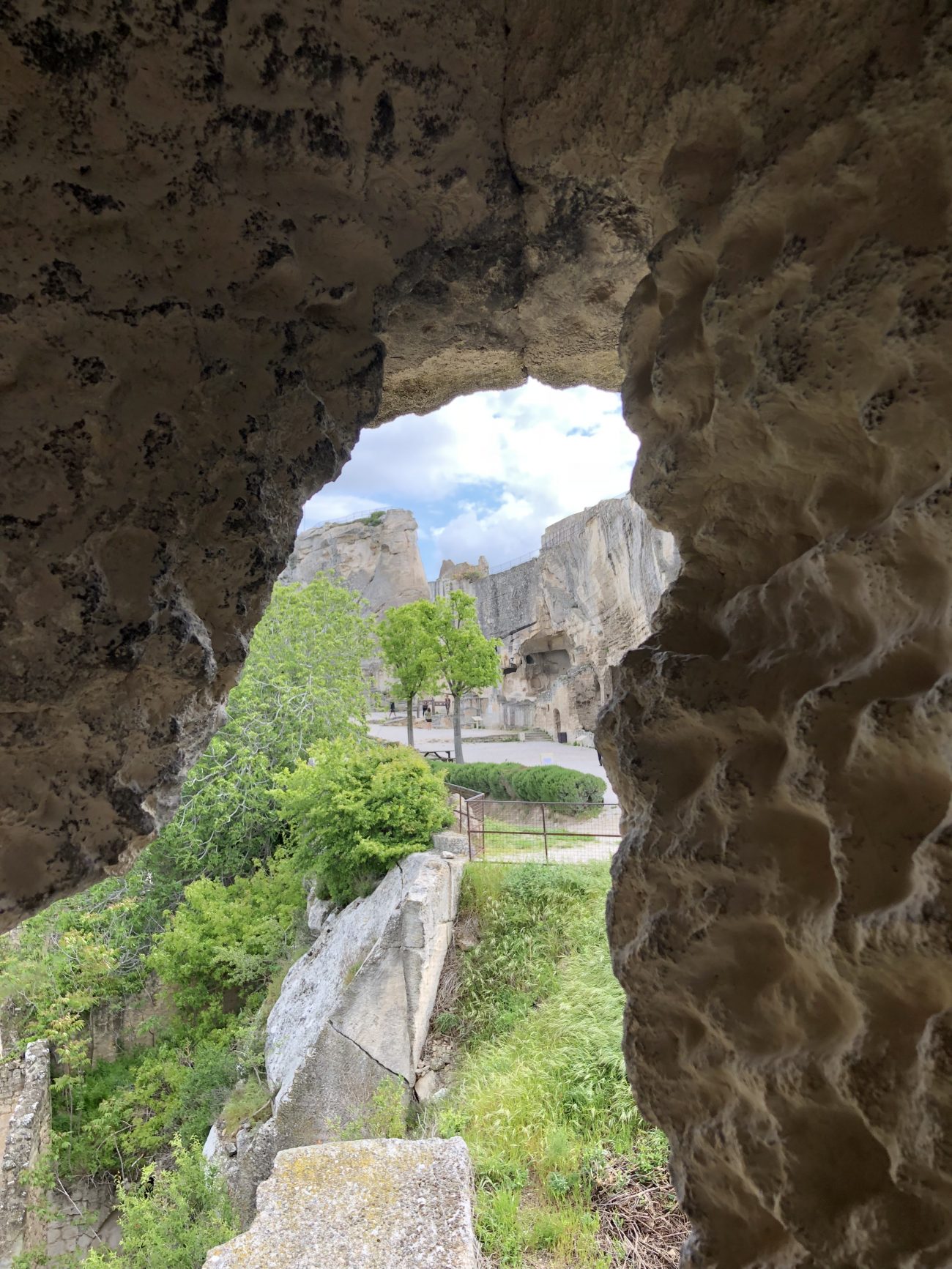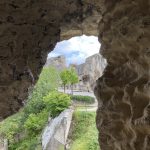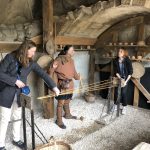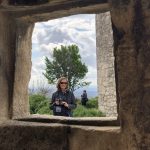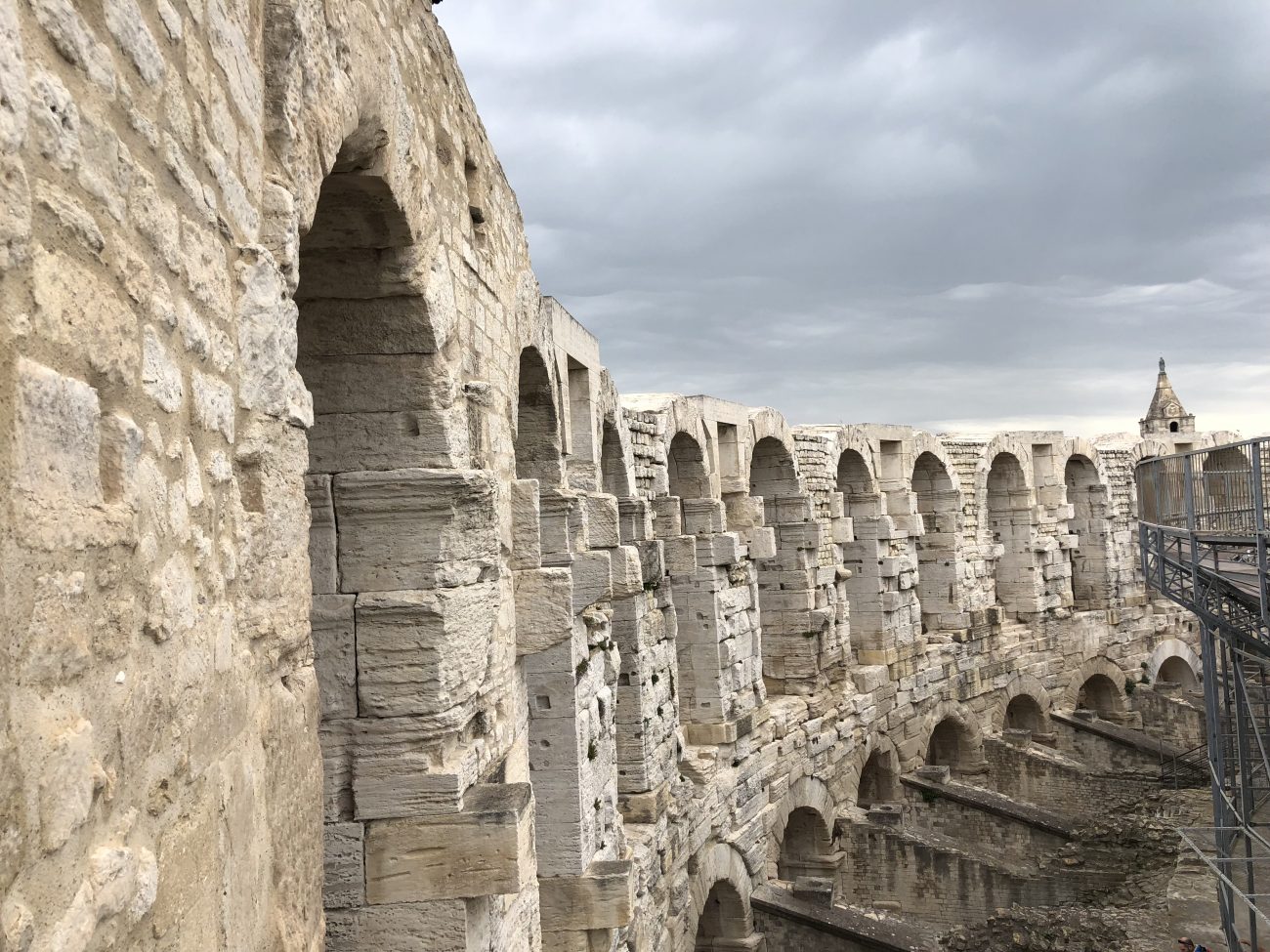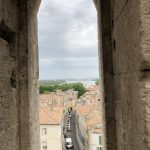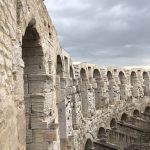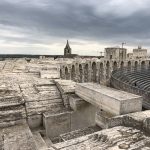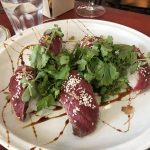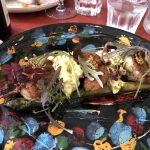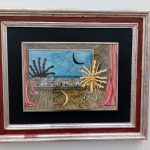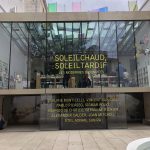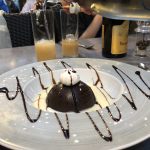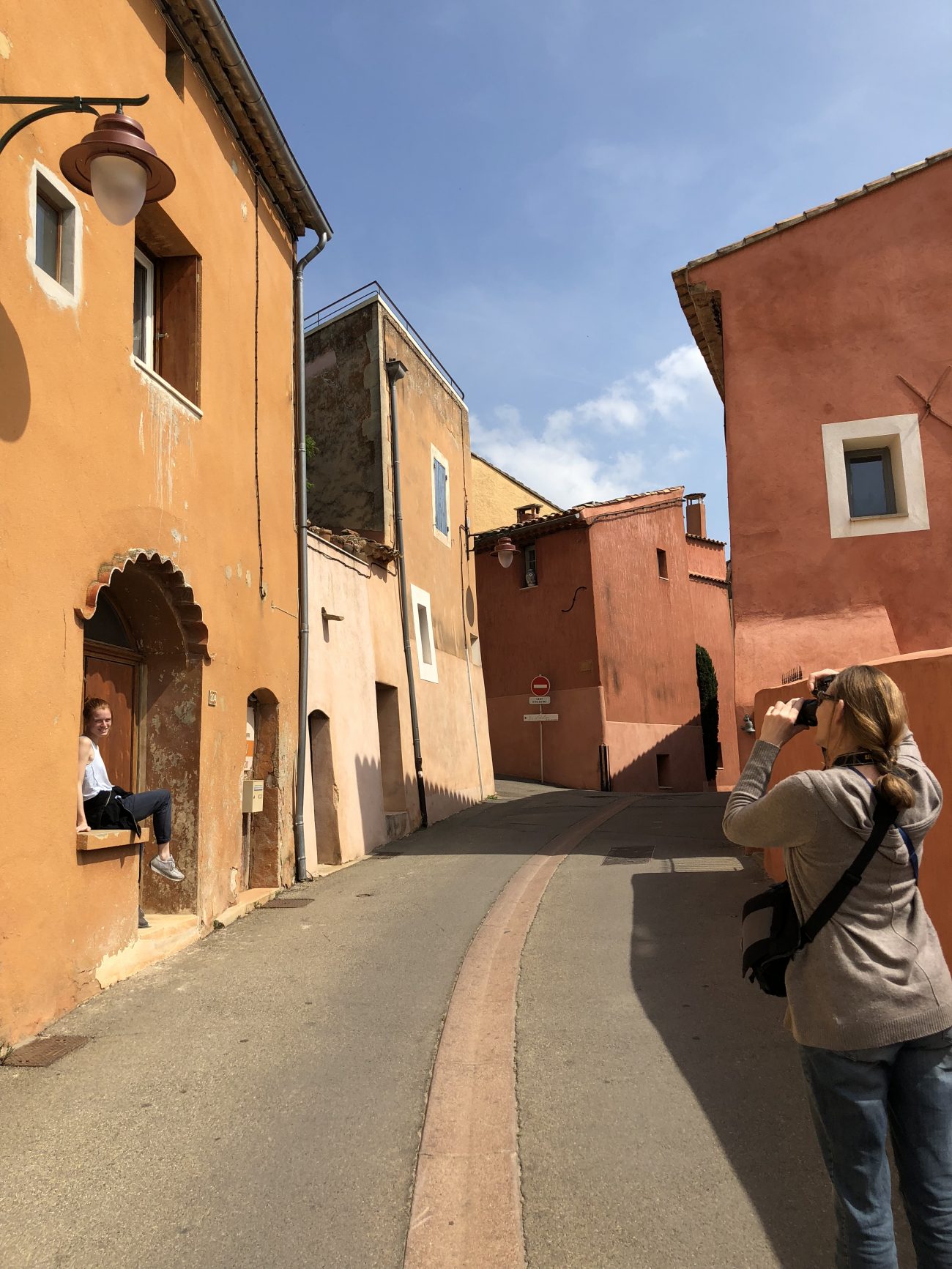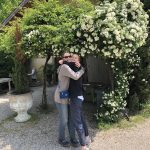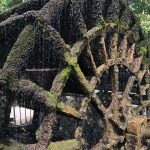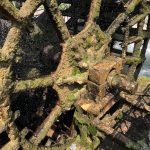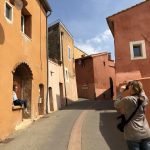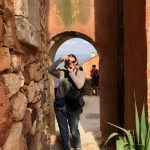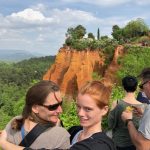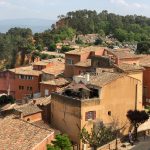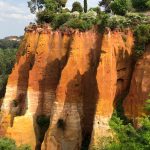I read that if you want to go to Le Baux de Provence you need to get there early before the rest of the world shows up, and it was good advice. After walking through the village, we were among the first to enter the Chateau Des Baux de Provence, a thousand-year-old fortress with spectacular views over the Provence countryside.


There was a catapult, ruins of the fortress and even some old fashioned rope making skills for Debbie and Phyllicia.

From there we climbed to the top where there is a view of the Les Baux valley, or Vale of Hell, its white sandstone cliffs getting their name from Dante’s description of Hell in the Divine Comedy, which was inspired by this valley.

As the crowds arrived and the rain began to fall, we escaped for the five-hour drive to St. Emilion where we watched the sunset. Not a bad day.

What to do in one day in Arles with the wind blowing dust in our eyes and rain threatening to pour down at any moment. We started by walking the city and then visiting the Amphitheatre (Arena d’ Arles), built by the Romans circa 90 AD, which held 21,000 people for chariot races, gladiators and more light entertainment.
Phyllicia’s friend Martin, an architect from Nîmes, met us and we walked to lunch, which was, of course, delicious.
The first rain drops came down so we opted for the Van Gogh Foundation exhibit of work by Van Gogh, Picasso, Monticelli, Nash, Chirico and more.
We said farewell to Martin, bought a bottle of wine and hid from the rain before dinner at reservation-only Pergola, where we learned that if you can’t run with the bulls or fight the bulls, you can eat a bull rib and it’s delicious, as is the dome du chocolat and everything else.
Tomorrow we get on the road to Les Baux de Provence, Avignon and then on to St. Emilion.

With Lyon as our home base, we carved out a 6-day tour of Provence and the Bordeaux region. I researched some routes from other blogs, so I’m returning the favor.
We left Lyon early down the A7 to Avignon and headed east for a lazy drive through western Provence to Arles. First stop was L’Isle-sur-la-Sorgue, where the Sorgue River was split into channels to drive water wheels, and now is fueled by what some say are more antiques dealers in the little town – some 300 of them – more than anywhere else in France, except Paris.

From there, we continued through the Luberon mountain to beautiful Fontaine-de-Vaucluse, and Gordes, perched on a hilltop.

And on to Roussillon, a multi-colored village built on ochre, where we spent hours before making our way to Arles before dark.
